
|
Polyhydraminos (Excess amniotic fluid during pregnancy)
This symptom is present during pregnancy. Usually amniotic fluid is swallowed by the baby and expelled through the umbilical cord. This does not occur and fluid builds up in the mother and can trigger premature birth. Careful monitoring by a doctor is necessary.
|
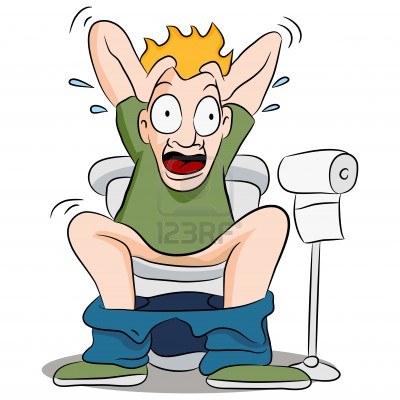 |
Constipation
The bowel and gastrointestinal tract are affected by the disease. This causes constipation and excessive time on the toilet. PAtients also report DIARRHEA Many patinets has have abnormalities of the bladder system as well
|
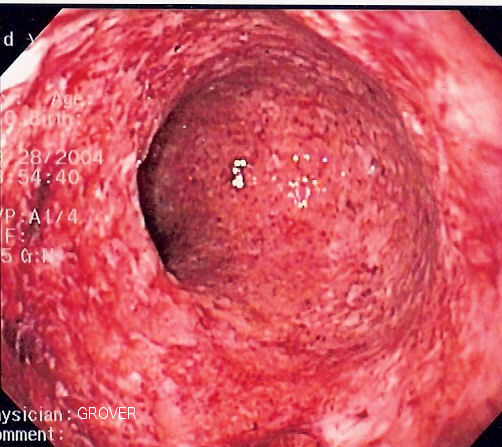
|
Ulcerative Colitis
The intestines can cause problems by having a condition called colitis. This is an inflammation of the intestines and can cause diarrhea and pain.
|

|
Hair Loss
Both males and females can have hair loss where the hair density occurs over time. It generally is a gradual event. The hair loss may be minimal or it may be more extensive.
|

|
Depression
Many individuals have depression that may be caused by the disease. It is known that depression can be caused by the disease. It can also be that changes to the person because of the disease can intensify this effect. Click here for an depression assessment scale
|
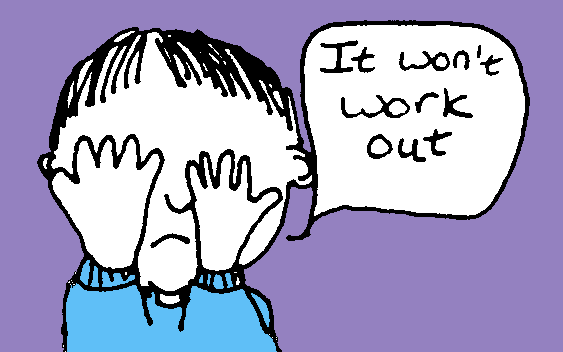
|
Apathy/Lack of Motivation
The disease causes an effect that is shows itself by the person appearing to be “Lazy” or unmotivated. It is difficult for the person to focus their attention. This type of apathy or lack of motivation is one of the more difficult aspects of the disease. Someone this effect is caused by the disease acting on the brain
|
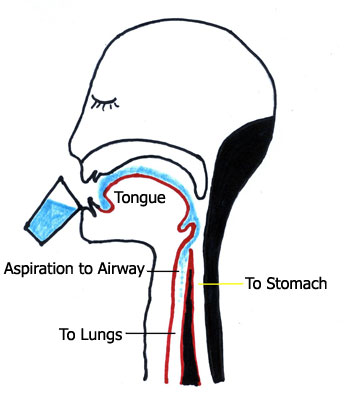
|
Difficulty in swallowing
Eating and swallowing become more difficult over time. The muscle that help with chewing and swallowing are slower to react and also their is some loss of muscle strength. In more advanced stages food that is easier to chew or swallow is required. or a feeding tube is inserted,
|
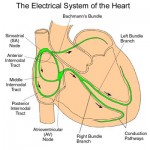
|
Heart Problems
The heart is affected by myotonic dystrophy. It is actually not the heart muscle itself but the electrical system of the heart that is affected. This can cause sudden unexplained deaths.
|
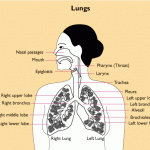
|
Lung Problems
The problem with the lungs is usually with older more advanced cases of the disease. Pneumonia can set in and should always be taken very seriously. The lungs become more prone to disease> Use of cough assist device will help with advanced issues,
|
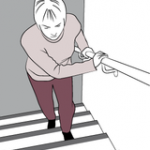
|
Weakness in muscles
This is probably the most visible sign of the disease. The muscle in the jaw, neck, forearms, feet and ankles and hands become very weak. This present a lot of practical problems that people with this disease can readily see. Small things like opening jars and pill bottles become difficult
|
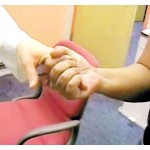
|
Inability to rapidly open and close hand
This is the classic sign of the disease. A person with myotonic dystrophy will have difficultly rapidly opening and closing their hands.
|

|
Hypersomnia (Excessive sleeping)
This is another potential problems with myotonic dystrophy. Somehow the brain is affected and this causes not only the lack of motivation and apathy but also excessive sleepiness. The person may sleep as much as 16-20 hours per day and still not feel rested. This can interfere with the ability to work, family life, and other day to day activities. Click here to read new study about this
|

|
Surgery and Anesthetics
There are increased risks for people having surgery and also having myotonic dystrophy. Risk of Anesthetics
|














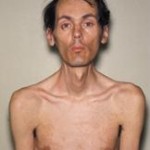


Hi, This is not a common symptom of myotonic dystrophy. Other complications of life occur and they may not be related to myotonic dystrophy. Does this run in the family?
My husband has myotonic dystrophy and in the last 6 months has noticed changes to his diaphragm, he’s become more winded….I have looked all over the net to see what the stages this disease might take but there is NO information about the stages. What can i expect, should we be getting out finances in order, is he closer to the end, is there anything that might help him? Does anyone out there have any information that they might be able to share?
My husband has myotonic dystrophy, and there isn’t anything on the Internet that shows the stages, I’ve looked for many yrs…he was diagnosed when he was 27, he’s now 43…
Myotonic dystrophy is a slowly progressive disorder.. The effect on the body depends from patient to patient so there is no similar pattern to 2 individual. Consult and Neuro who can help you with details.
And yes get ur insurance n finances ready… End may come but it will be long painful survival for a longer period with a lot of physiological issues n operative care
My daughter was diagnosed with it 3 years ago when her son was found to have it at birth.She had always had issues of some sort…slow speech,hard to understand,no facial expressions,very lethargic all the time,poor memory.She is now 27 and has not been able to swallow solid food for over a year.The disease is progressing quite rapidly as we were told it would at this age.My grandson will have similar issues.She is weak,and has digestive issues.She has also had issues with a racing heart.
Although I am 59 years old; my symptoms for myotonic dystrophy have flared up with a vengeance. Back in March doctors thought I had a stroke but all the tests were negative. After being sent to a wonderful neurologist that seemed to know what to test for. Then explained to me what it was, that apparently I’d had a seizure and possibly been having them. I’m not sure if this was one of the triggers but the EEG and EMG revealed much more.It seems myotonic dystrophy is genetic and in my family. My overall weakness specifically in my hands, feet and just generalized tiredness is progressing at a rate that is scary. I wished I had all the answers but I don’t.
I was wondering about 16 year old girls who have a father have this can have a symptom of “arthritic-type pain” in their hands that goes away after 6 months? She is 19 now and it did not come back. she had xrays of her hands and they were not borken. at the time I did not think of mmd
It could be a symptom, i had a few symptoms i didnt realizein my teens twenties and thirties, my myotonic dystrophy presented itself seriously in my forties.